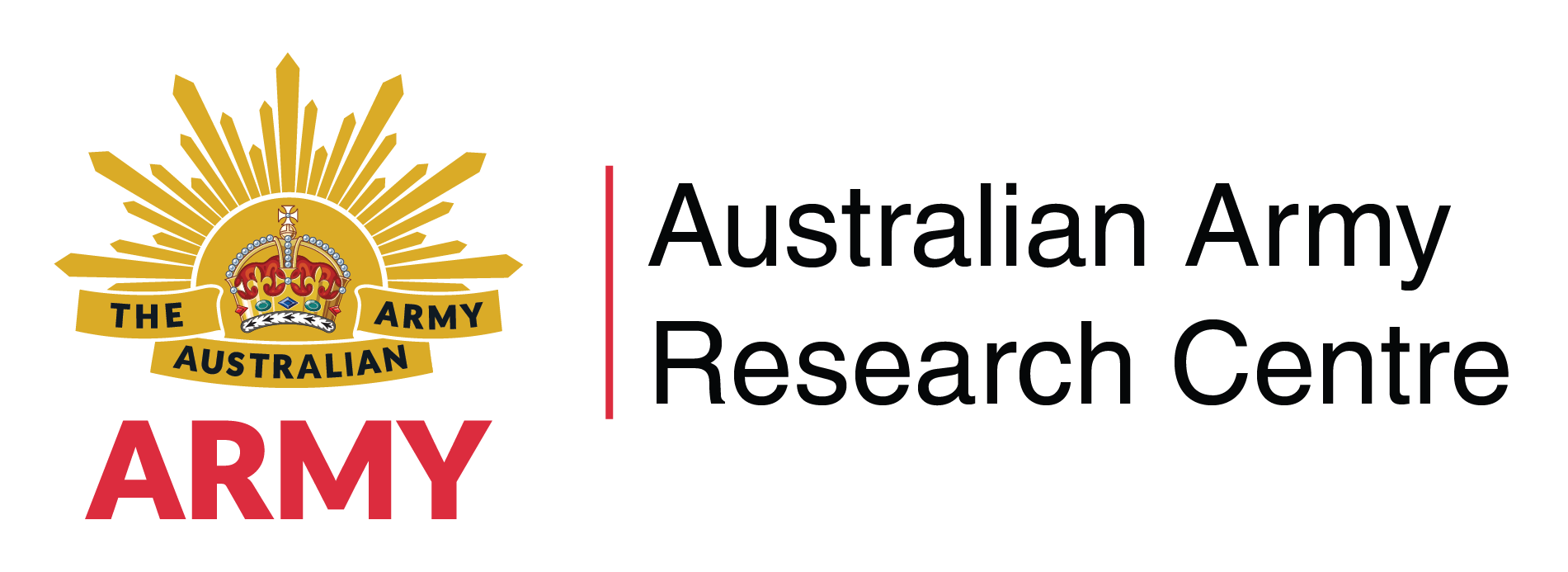Search
Using the filters to the left, click your selection, it will become bold and filter the results, click it again to remove that filter.
Khuong Nguyen is a young Defence APS engineering graduate enthusiastic about defence policy in the context of the 21 st century and emerging new technologies. Before joining the defence industry as a graduate, he completed internships in SA Power Networks, and CSIRO Space and Astronomy, providing me insights into emerging technologies in the broader world. In high school, he obtained first place in the national Simpson Prize history competition, sparking his passion for defence policy. … Khuong …
A decision support model to evaluate force composition Introduction The Australian Defence Force (ADF) is approaching a strategic environment that is less benign, more demanding and of higher risk to life and safety. Compounding these strategic risks are worsening resourcing (workforce and funding) challenges – a characteristic not uncommon across previous periods of relative peace in Australia. Critical to issues of concurrency, particularly for Army, is the inescapable truth that operational activities …
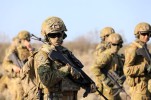
Smarter Deception Introduction In releasing the Defence Strategic Review, the Australian Government announced a pivotal (and not unforeseen) clarification in Australia’s defence strategy. Notably, the Review directs Australia to adopt a strategy of denial intended to defend Australia by influencing an adversary’s ‘state of mind’ such that it changes ‘its risk assessment and, therefore, decision-making’. [1] However, the Review also identifies the necessary but ambitious related capability reform will need …
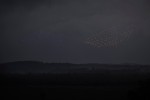
From 22 April to 06 May 2023, thirteen Australian Army members were lucky enough to attend Exercise STARCEVICH, an Australian Army Staff Ride focused on the WWII Oboe operations. With the assistance of a senior instructor and an expert historian, during these two weeks, we had the opportunity to study the relevant battlefields across Indonesia, Malaysia, and Brunei. We debated the successes and mistakes made during these battles and considered the implications for today’s Australian Army. Why Study the …
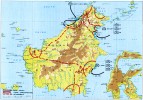
Enhancing Capability to Secure Urban Points of Entry Context Gaining and retaining a secure Air or Sea Point of Entry (POE), with existing capabilities is likely to be a personnel intensive task of greater than battle group size. This is because suitable POE will be urban and the consequent challenges of maintaining observation along a secure perimeter there, especially where there are surrounding dominating structures. Securing a POE is a critical Army enabling function for the Integrated Force to execute …
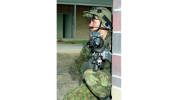
Army’s Role in the Strategy of Denial: Point of Entry Security in the Urban Littoral Environment Context The Defence Strategic Review (DSR) directs Army, as part of the multi-domain and cross domain Integrated Force , to contribute to the strategy of denial. The DSR lists several functions that the Integrated Force must be able to undertake to achieve this strategy and these can be usefully understood as part of a paradigm of ‘anti-access/area denial’ (A2/AD) [1] . Within them, Army – the generator of land …
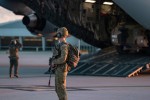
The Question of Urban Perimeter Observation Post Numbers Context Gaining and retaining a secure Air or Sea Point of Entry (APOE/SPOE) is a critical Army enabling function for the Integrated Force to execute ‘anti-access/area denial’ (A2/AD) in the littoral as directed by the Defence Strategic Review (DSR) . As explained by Dayton McCarthy in part two of this LPF series on littoral manoeuvre, projecting A2/AD systems and their logistics will almost invariably use a POE among urban terrain,. Securing an …
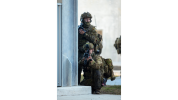
‘The Primary area of Military Interest’ – Understanding the Urban Littoral Environment in the Near Region Context The 2023 Defence Strategic Review (DSR) states that ‘Australia’s army must be transformed and optimised for littoral manoeuvre’ as part of the Australian Defence Force (ADF) transition from a balanced force to one focused on applying a strategy of denial. The ADF’s primary area of planning interest is to be the ‘immediate region encompassing the north-eastern Indian ocean through maritime …
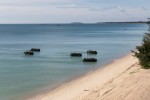
The Question of Urban Position Minimum Strength Context Deploying a perimeter of detection, backed up by an appropriate response capability, is a key personnel-intensive requirement for gaining and retaining a secure Air or Sea Point of Entry (POE). As such, it is a critical Army enabling function for the Integrated Force to execute ‘anti-access/area denial’ (A2/AD) in the littoral as directed by the Defence Strategic Review (DSR) . Furthermore, almost invariably the POE will be urban, which means that any …
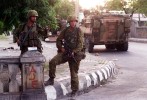
Dr Rhys Crawley is a senior lecturer in history at UNSW Canberra, and the author of the Official History of Australian Operations in Afghanistan, 2005‑2010. From 2016‑2023 Rhys was an historian at the Australian War Memorial. Prior to that, from 2010-2016, he worked at the Strategic and Defence Studies Centre, Coral Bell School of Asia‑Pacific Affairs, at The Australian National University, where he was the principal researcher and co‑author of the multi‑volume Official History of the Australian Security …
